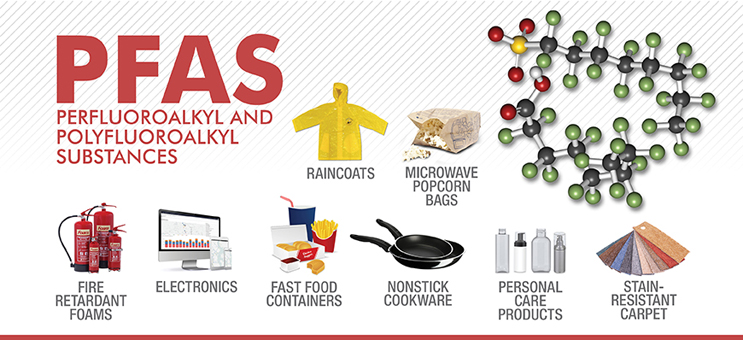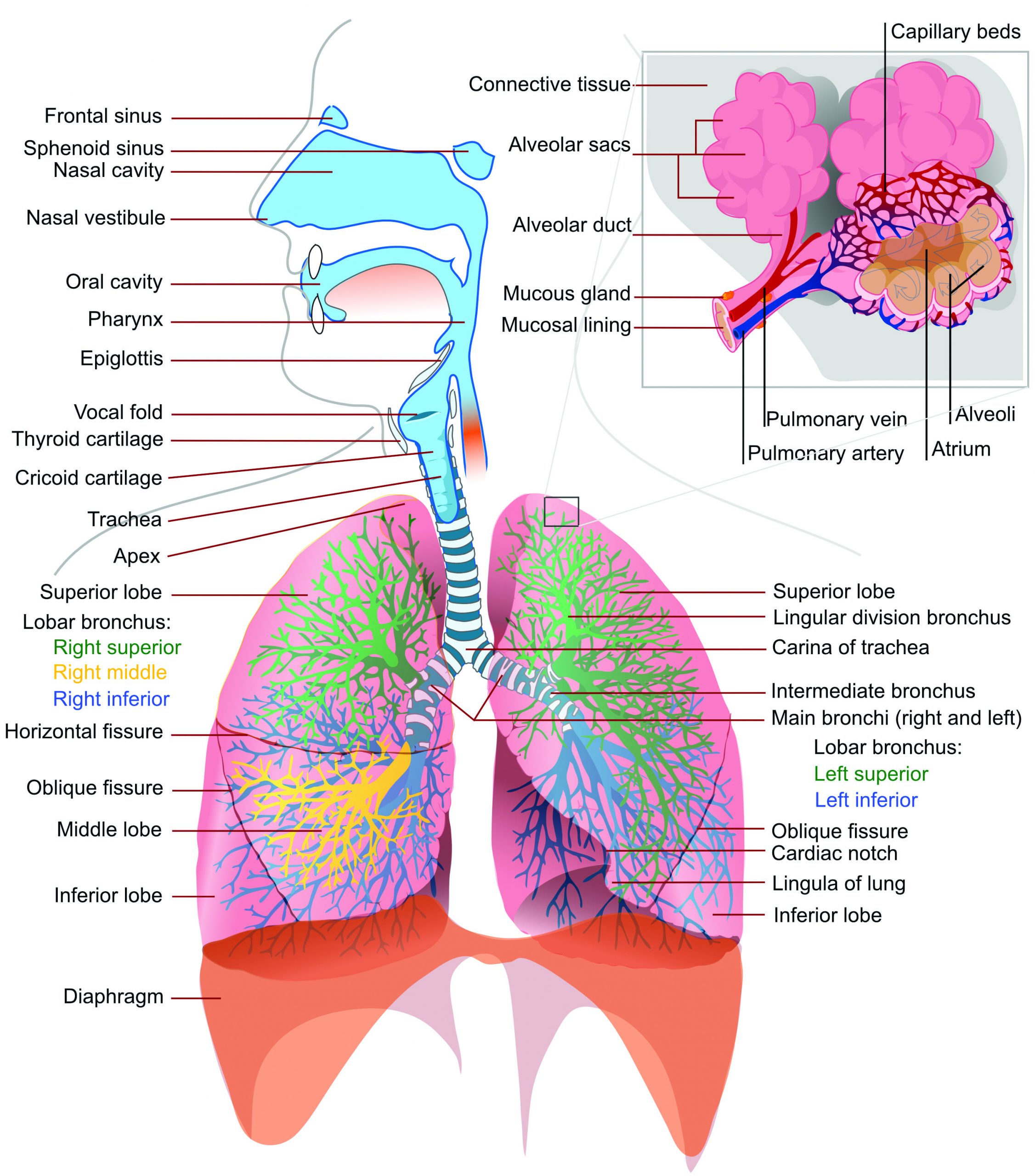
You can probably predict what will happen. Even with a seat belt, the damage in a high-speed crash can be severe because the head moves in a precise pendulum motion. This is why engineers devised the concept of airbags. Airbags absorb the impact while also preventing you from colliding with the dashboard.
Even if the driver secured properly, an accident would occur at high speeds if there was no airbag. It is a significant engineering challenge to bring the human body to a stop from a high speed in less than 100 milliseconds without causing significant bodily harm. Let’s have a better grasp of this life-saving technology by looking at the mechanism of airbag inflation, which is triggered by chemical explosions.
Seatbelts are meant to keep the human body from moving, but they can cause internal organ injury if they apply too much stress on the chest area during an accident. Modern seat belts use a torsion bar to slightly release the seat belt in the event of a large impact on the chest. This action causes the upper body to move forward somewhat, but as the torsion bar is released, the upper body’s movement is stopped.
 |
| Working Mechanism of Airbags, Image credit; whyflies.org |
Please notice that the sear belt only arrests the motion of your upper body, omitting your neck and head, when only your upper body is arrested and the neck and head are not detained when only your upper body is arrested.
The first effort to inflate the airbag using compressed air was a complete failure. There were two major flaws in this design:
one is the spring was not able to to determine the crash accurately. Two, the compressed air was not able to fill the airbag fast enough to prevent damage from the crash. For these reasons, they were not commercially used.
Mr. Allen K Breed, the founder of Joyson Safety System, devised numerous ground-breaking solutions to address these problems. He began by employing a ball and tube sensor to increase the sensor’s accuracy. A magnet is used to keep a steel ball in place in this sensor. When the car collides, it decelerates immediately, but the ball, due to its inertia, separates from the magnet. The ball goes ahead and provides a signal to the inflator as it closes the circuit. Chemical explosives were used instead of compressed air, which was his second and most significant contribution. For this, Mr. Breed utilized a chemical called sodium azide. The unique property of sodium azide is that it will rapidly and directly transition to a gaseous form when exposed to temperatures more than 300 degrees Celsius. Nearly 70 liters of nitrogen were produced from 50 grams of sodium. The electric signal given by the ball sensor travels through pyrotechnic device, which is filled inside an airtight cylinder of the steering wheel. When electricity travels through it, it becomes a thin resistive wire. It produced a temperature of almost 300 degrees Celsius. The sodium azide explodes and produces nitrogen gas very quickly as a result of this. This may inflate the bag in less than 30 milliseconds. These two breakthroughs made airbags possible for commercial use.
Chrysler used this patented design of breed corporation in their Dodge Daytona type cars in 1988. This was a huge success, and all other automobile manufacturers began to use comparable airbag technologies. However, there are two main flaws in this design. To begin with, the gas created by the sodium azide explosion is poisonous. The problem is caused by the sodium metal in the exhaust, which scientists were able to solve by adding potassium nitrate and silicon dioxide.
Read also








